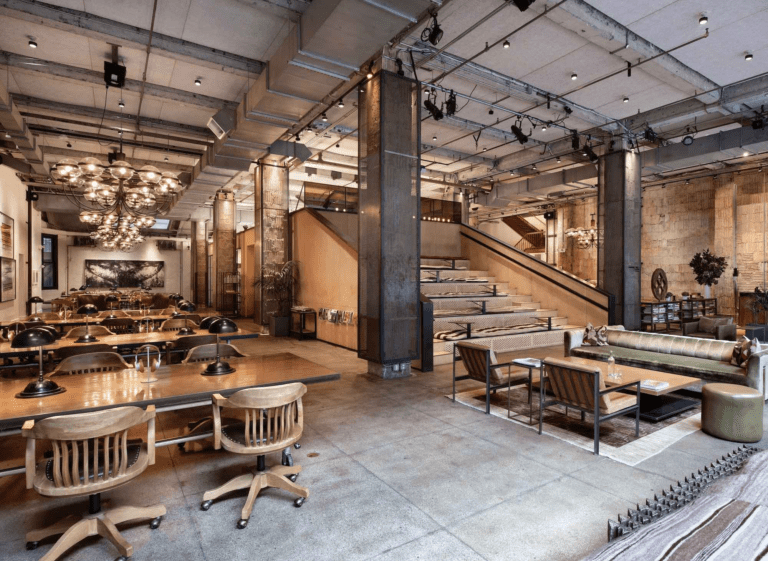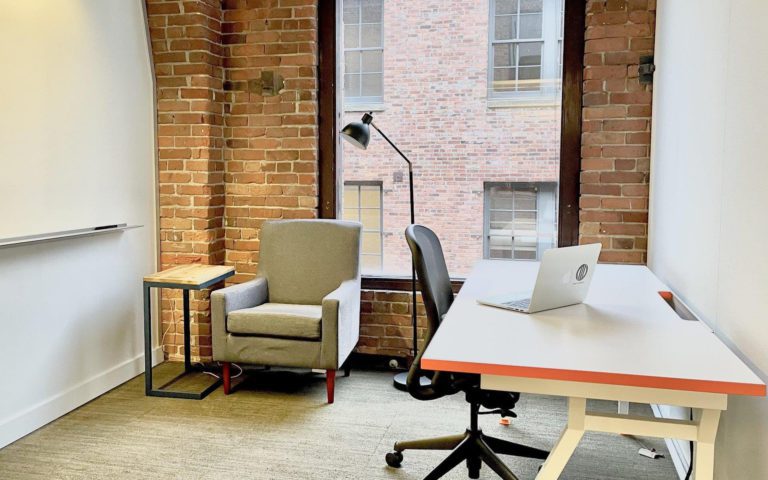
Your office space reflects your company culture, since it has a significant impact on employee productivity, engagement, and satisfaction. However, many businesses around the world overlook how important facilities management is to an organization’s growth and success.
According to a survey, 97 percent of employees say their workplace space reflects how much their employers regard them. Another survey of 1,000 American workers found that only 11% of workers are extremely satisfied with their workplace, and over half of those surveyed believe their office design and furnishings lack personality.
Choosing the ideal office space for your company can be a difficult undertaking. The location you selected could have a big impact on a number of other crucial decisions that will affect your company in the future. It can, for example, have an impact on your workplace budget, accessibility and functionality, utilities, and so on.
Here are 10 things to think about before choosing your office space
1. Location

When it comes to choosing a workspace, location should be at the top of your list. It should be easy for your employees, customers. and clients to enter and exit your office. Being accessible to public transportation, parking, food, amenities,and having plenty of green space adds to the appeal of your ideal work environment.
You also need to consider where your competitors and partners are based when choosing a site. You want to put your company in close proximity to your partners and competitors, without adding to the competition.
2. Office Design

The overall look of your workspace, as well as the design of the building, are also factors you need to consider. From employees to customers and partners, design will have an impact on your image and reputation in the market.
When it comes to choosing the design for your office, think about both functionality and aesthetics. It is a place of business, but it is also a location where employees will spend a significant portion of their week, so it must be welcoming to guests while maintaining a professional image. You can either start with a blank canvas and create your own space or find a completely furnished office that you can move into right away.
3. Facilities
Most commercial office buildings provide a wide range of amenities, but it is important to concentrate on what your company needs. Shared meeting rooms, cafes, outdoor space, public Wi-Fi, and parking space are some of these amenities. There are also concierge services, day care, and exercise programs available to tenants in many larger business buildings. Having access to all of these services and facilities right in the building makes your team’s day a lot smoother.

4. Shared meeting space
A private office with on-site shared meeting facilities is a great option. Access to these facilities can help you save money by lowering the amount of space you require in your own office. Furthermore, many of these shared meeting spaces include cutting-edge technology as well as staff to greet customers, handle equipment, and coordinate catering.
5. Tech
As our workplaces grow more connected, it’s critical that commercial office spaces facilitate smooth and effective collaboration while also providing access to cutting-edge technology. This includes Wi-Fi in shared and public areas of the building, as well as the proper infrastructure to handle speedy internet.

6. Wellness
Access to facilities for employees to exercise and refresh is just as crucial as the opportunity to connect with technology. Look for a facility with good end-of-trip facilities so that employees may bike, walk, or run to work or exercise during their lunch break. Many commercial buildings will also provide free group exercise programs such as boxing, yoga, or Pilates, which is an excellent bonus to provide to employees.
7. Parking
Parking is still an important factor to consider. Most firms require parking for senior employees as well as clients who come to visit. Consider access to adjacent parking for clients, visitors, and employees in addition to onsite parking. For added convenience, visitors to Waterfront Place in Brisbane can park for free for one hour right near the front entrance.
8. The cost
Another important consideration while selecting an office space is the cost. So, before you start looking, sit down and carefully evaluate your budget. This way, if you receive an offer, you’ll know right away whether you can afford it or whether you won’t be able to pay a three-month deposit. Furthermore, ensure that there are no hidden expenses and that you understand exactly what is included in the pricing. For example, if you will be responsible for repairs, you have every right to request a rent decrease, as maintenance costs might be rather substantial on a monthly basis.
9. Room to grow
While it can be impossible to predict how much space your company will want in the future, finding an office that can expand with your company is crucial. Look for a facility where you may potentially expand, or choose for a shorter lease or one that allows you to quit if necessary.
10. Contingency Plan
Despite your best efforts and thorough considerations, certain circumstances may force your firm to cancel your lease, so you’ll need an exit strategy if the office space fails to fulfill your demands in the future.
Natural disasters, changes in business demographics, structural flaws, and other unforeseen occurrences are just a few examples.
Shorter-term office leases may necessitate having a contingency plan in place to be able to depart or move if the need arises.
Summary

The two most common considerations that drive workspace decisions are cost and size, but the reality is that there are a number of other important elements that will have an impact on your organization. Making the wrong decision might have a negative impact on your capacity to recruit and retain qualified employees. You can even lose clients or business possibilities as a result of it. So do your homework, take your time, and go over this checklist to select the ideal workspace for you.

Enterprise software development experience. More recently in positions including CTO, Lead Developer and Head of Product in Australia. Deep expertise in property and legal technology in Australia with a specialty in lead generation and tech scalability across Asia-Pacific.